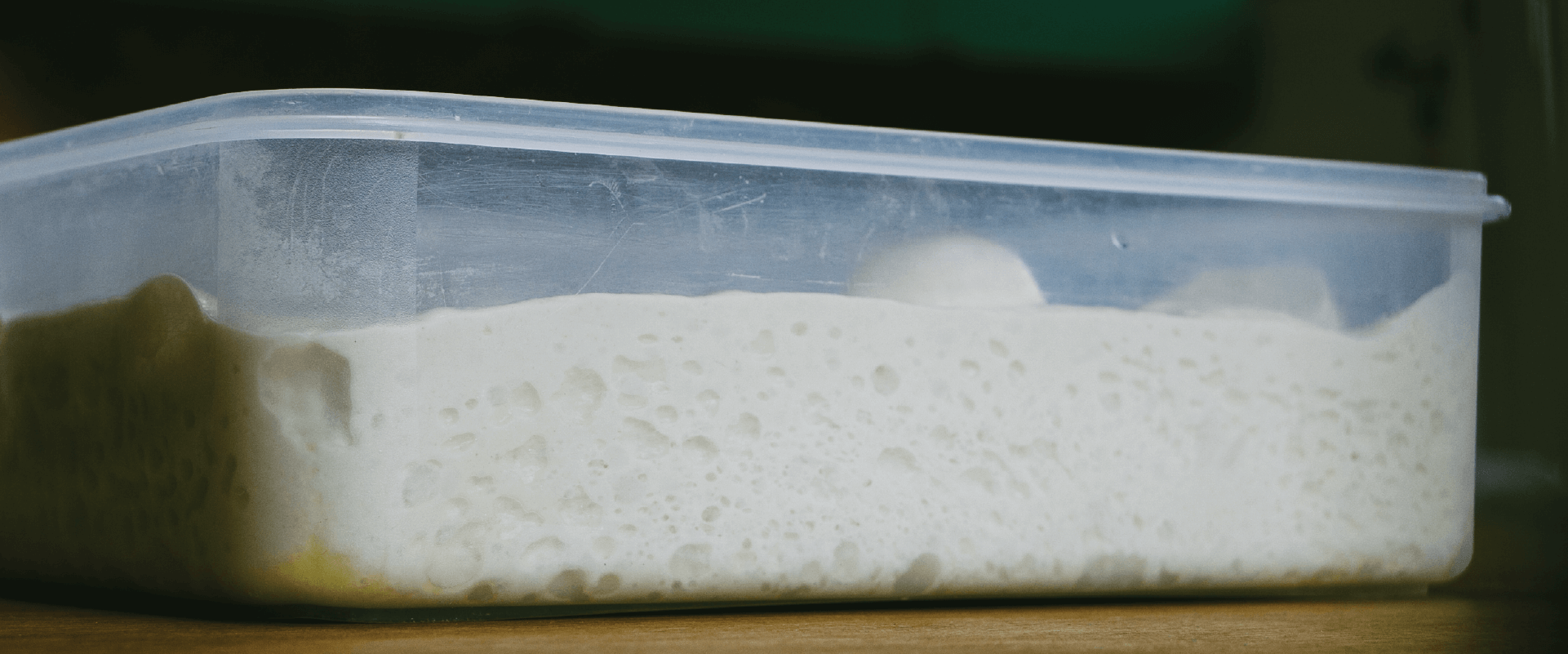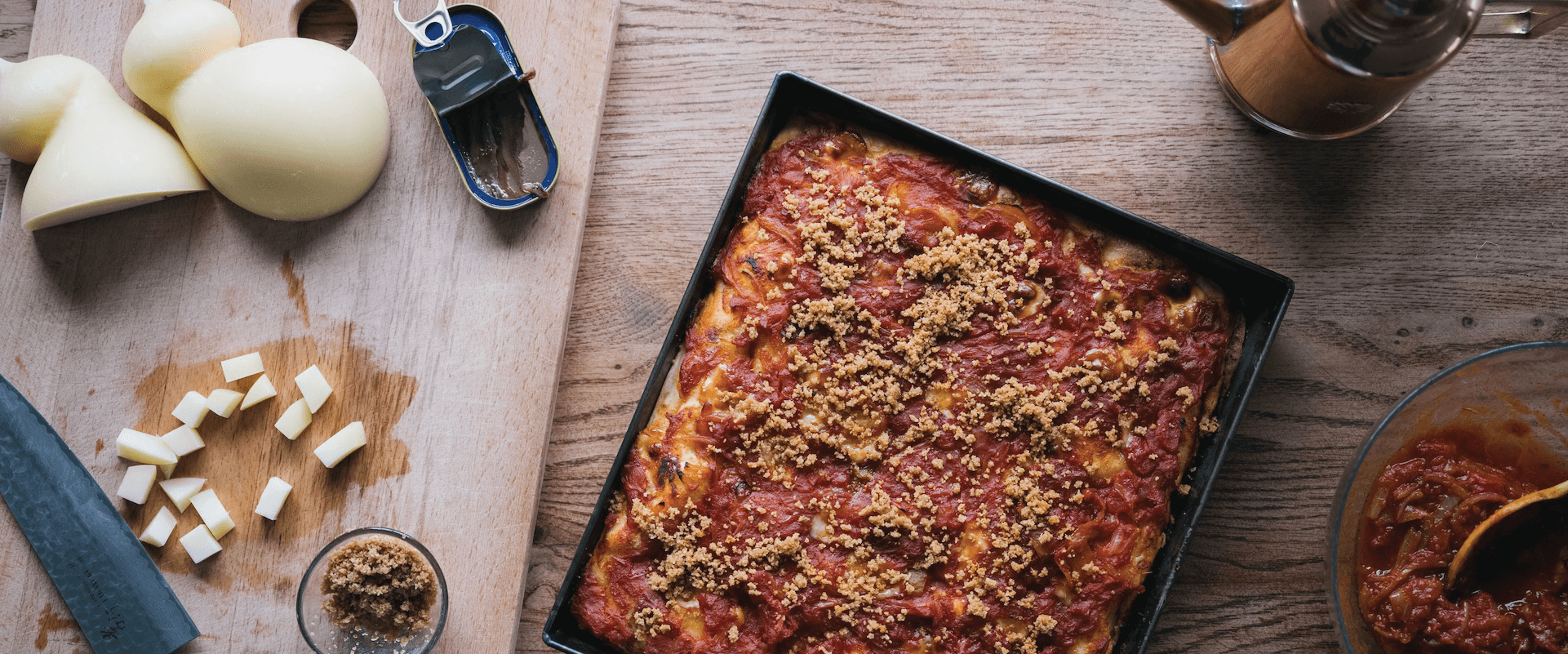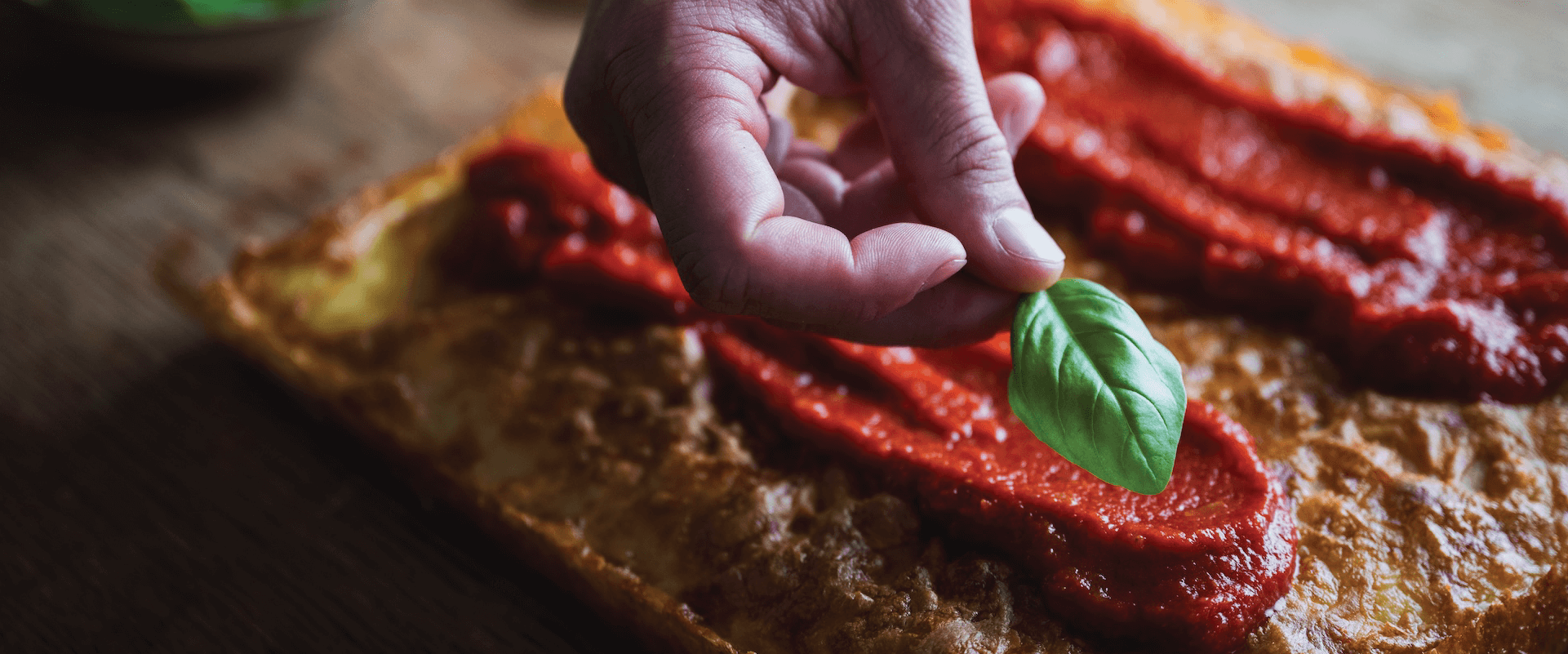Cold fermentation is a key technique for achieving top-notch pizza dough. You might wonder why the dough tastes so darn good if you’ve given it a shot. Is it because your hunger kicks in after patiently waiting on the dough for 72 hours while it sits in the fridge, or is there something else contributing to all those fantastic flavors? Let’s find out what cold fermentation does to your dough and how to apply it for the best result.
What is cold fermentation?
Cold fermentation simply means lowering the temperature during the first or second rise of a dough. The dough is stored at approximately 4 – 5 °C (39.2 − 41°F). Due to the lower temperature, the quantity of yeast becomes less critical. With yeast being less active at lower temperatures, you can work with smaller amounts of yeast without significantly affecting fermentation times. To create good pizza dough, it’s essential to let it ferment based on the strength of your flour. Different types of flour have varying amounts of gluten-forming proteins, and the more gluten (strength), the longer the fermentation can last.
During cold fermentation at 4°C (39.2°F), yeast quantity doesn’t require as much precision compared to dough fermented at room temperature. The yeast in the dough essentially falls asleep after a certain number of hours depending on the dough and refrigerator temperature. You can add 0.5% to 1% yeast to your dough, and there won’t be much difference between the range of these percentages, whereas at room temperature, this could make a significant difference in fermentation. A notable difference occurs when you remove the dough from the fridge just before baking. The more yeast added to the dough, the faster it will awaken and be ready to bake. If you use a very high percentage of yeast, the dough will rise considerably more in the first hours in the fridge compared to the usual 0.5-1%, as yeast is still active during this period. This isn’t a problem by itself because there comes a point when the yeast goes dormant due to the cold, and the dough rises very slowly. The issue arises when the dough is taken out of the fridge for the final rise. As the dough already has a head start with fermentation, it will rise even faster at room temperature, leading to over-fermentation.
Since yeast sleeps at a certain point in the cold, we no longer refer to this process as fermentation, but rather as maturation.

Pizza dough maturation is a distinct chemical process that happens more slowly than fermentation. Maturation is like the dough’s slow dance, transforming complex substances into simpler ones. During this chilly period, enzymes break down elements in the dough, making it more digestible and resulting in a more flavorful pizza.
Now, you might be wondering: how long should a cold maturation last? The answer naturally depends on the strength of the flour. The stronger the flour, the better it can retain fermentation gasses without causing damage to the gluten shield. For example, with a 12% (W280/W300) protein content flour, it’s best to ferment for 24-48 hours in the refrigerator
Maturing the dough in a cold environment offers several advantages:
Flavor development:
- Enzymatic activity
At lower temperatures in the refrigerator, enzymes remain active, slowly breaking down complex carbohydrates into simple sugars. This enzymatic activity contributes to the development of unique flavors and aromas in the dough. - Yeast activity
Despite yeast working more slowly at cold temperatures, it remains active during the maturation period. This results in the production of flavorful byproducts such as organic acids and alcohol, enhancing overall taste complexity.
Texture improvement
- Gluten development
Cold fermentation allows gluten, the proteins responsible for the dough’s structure, to develop in a more controlled manner. This results in dough with better elasticity and resilience, contributing to a lighter texture after baking. - Fat and sugar retention
Cold fermentation also helps retain fats and sugars in the dough, benefiting texture and taste. These ingredients contribute to a softer crumb and a richer flavor in the pizza.
How to cold ferment your pizza dough
- Start by mixing your pizza dough ingredients and kneading the dough for about 5 minutes. Store the dough in a lightly greased, airtight container. Before placing the dough in the fridge, wait a bit to kickstart the yeast. In the summer, 30 minutes might be enough, while in the winter, waiting for an hour works better. Once the yeast begins to activate, put the dough in the fridge, maintaining a temperature between 4 – 7°C (39.2 – 44.6°F)
- Let the dough rest in the fridge for 8 to 72 hours. During this cold fermentation period, the dough undergoes a slow fermentation process, significantly enhancing its flavor.
- When you’re ready to proceed, take the dough out of the fridge and wait for 20 to 30 minutes to allow it to warm up a bit. Make sure to let it relax for a while, reaching closer to room temperature, as it might tear quickly if you start shaping it into balls too quickly.
- Place the dough on a lightly floured tabletop. Now you can portion the dough into individual balls (check the calculator to find out how large you should make your dough balls).
- The final and crucial step is ensuring the dough reaches room temperature before shaping it into pizza bases (the interior of the dough ball should be at least 18°C (64.4°F). Cover your dough balls and patiently wait for 2 to 4 hours. Then, it’s time to go, go, go! You’ve successfully crafted your own pizza dough, ready for the next delicious step.










